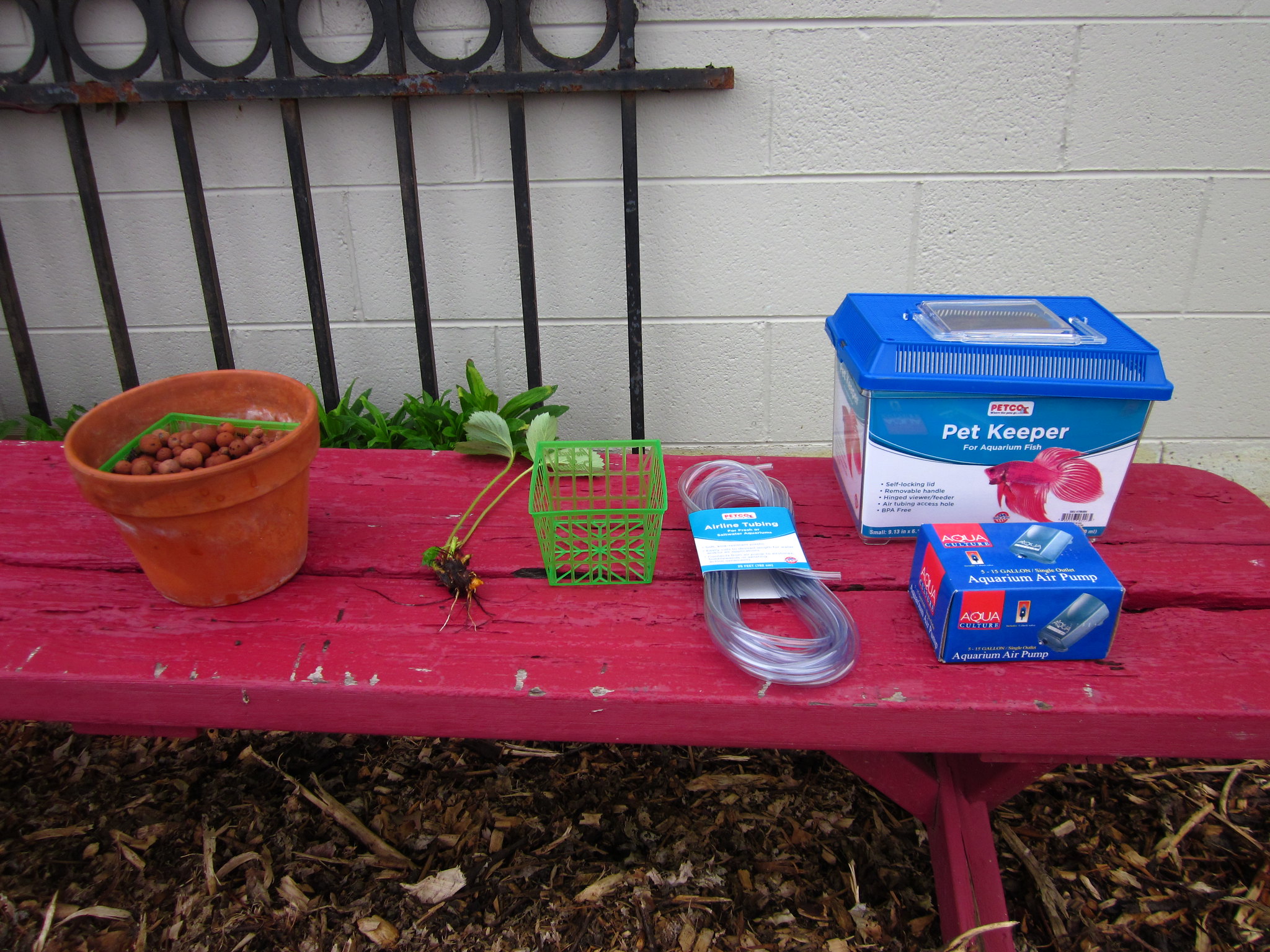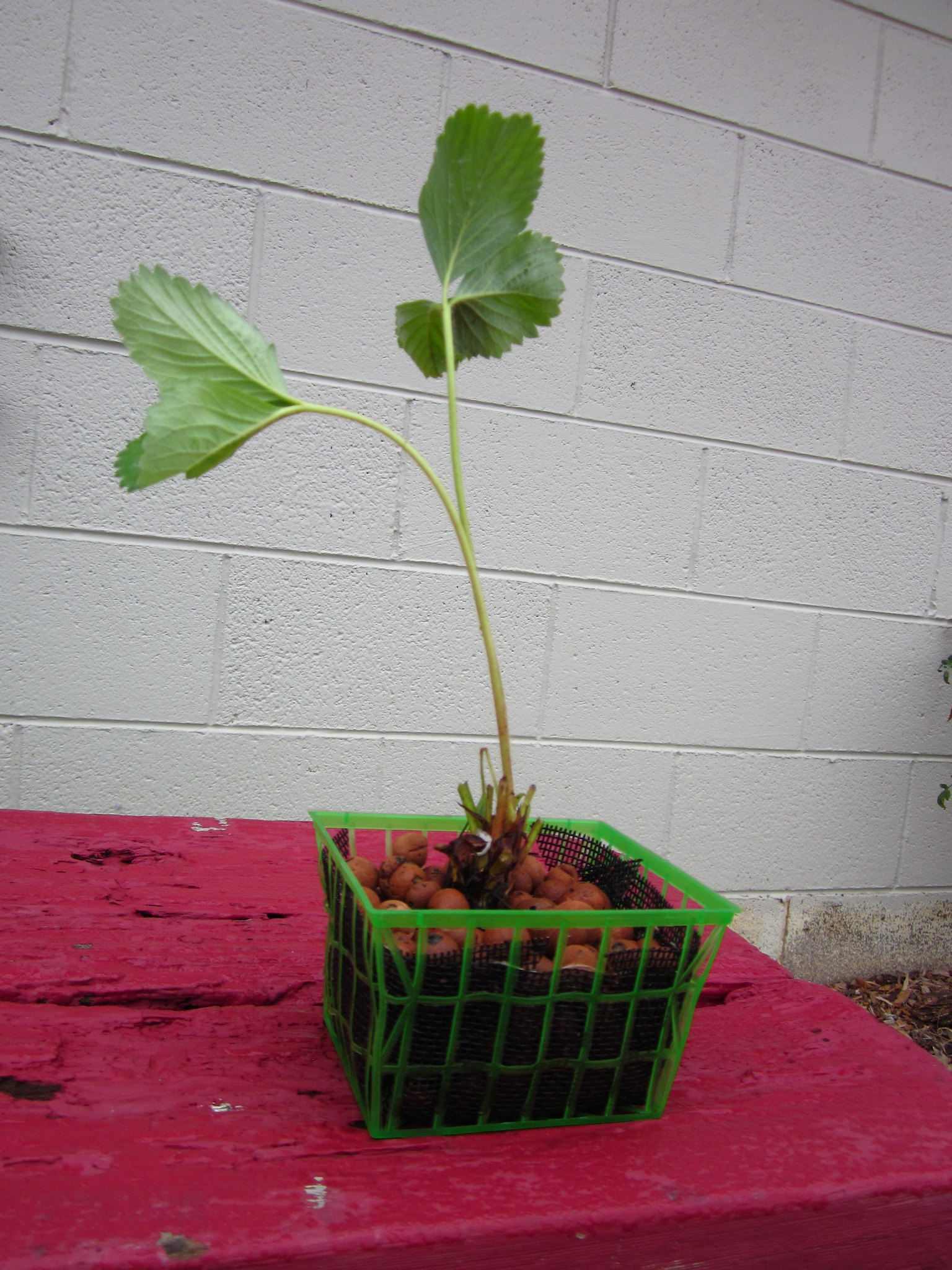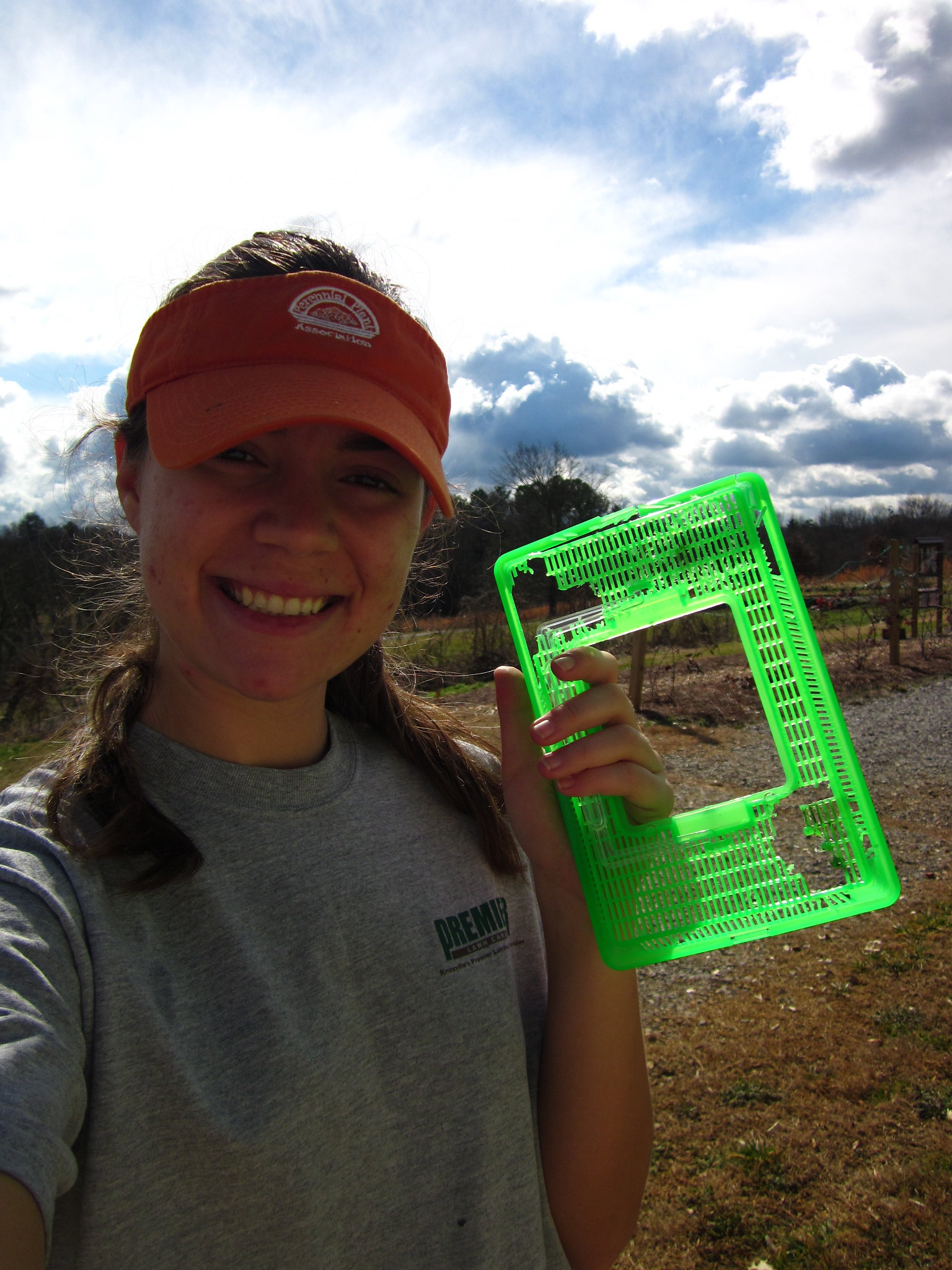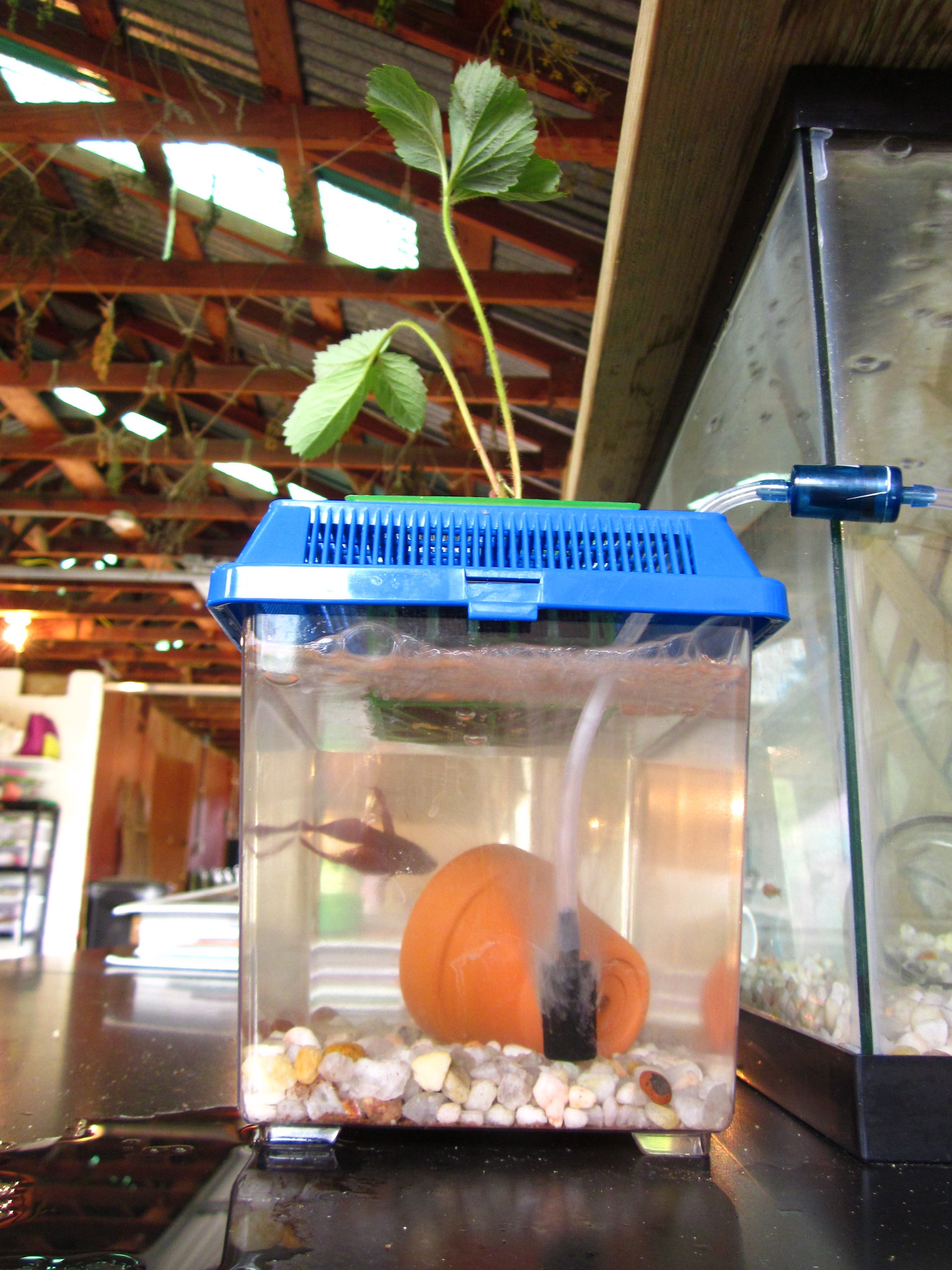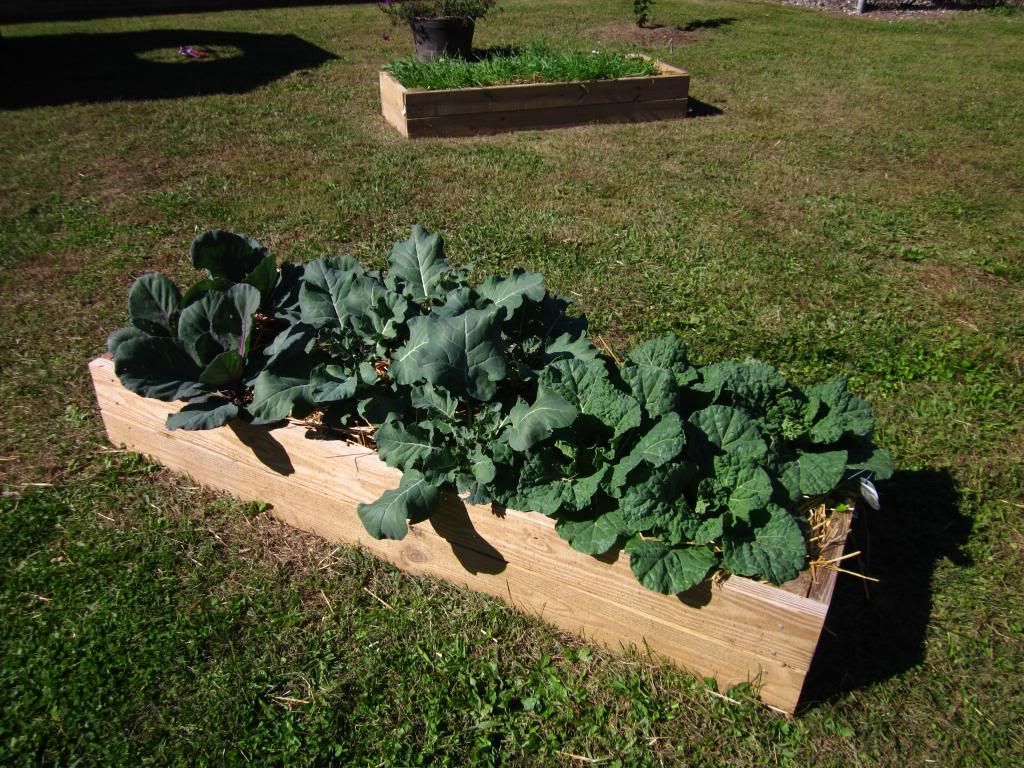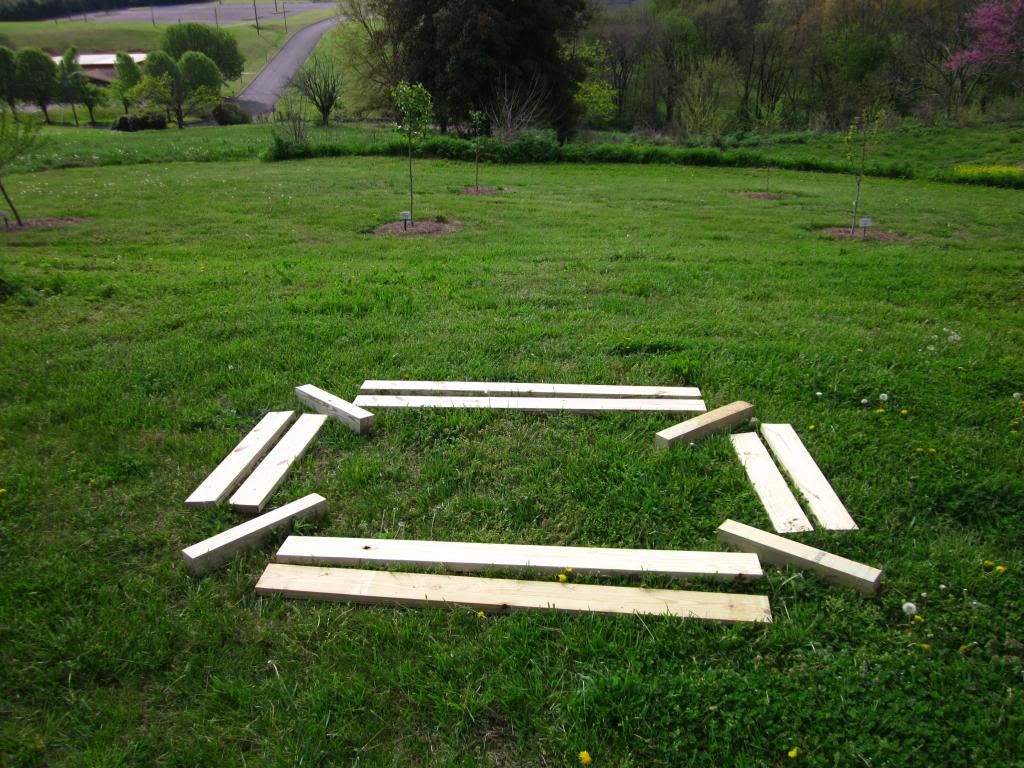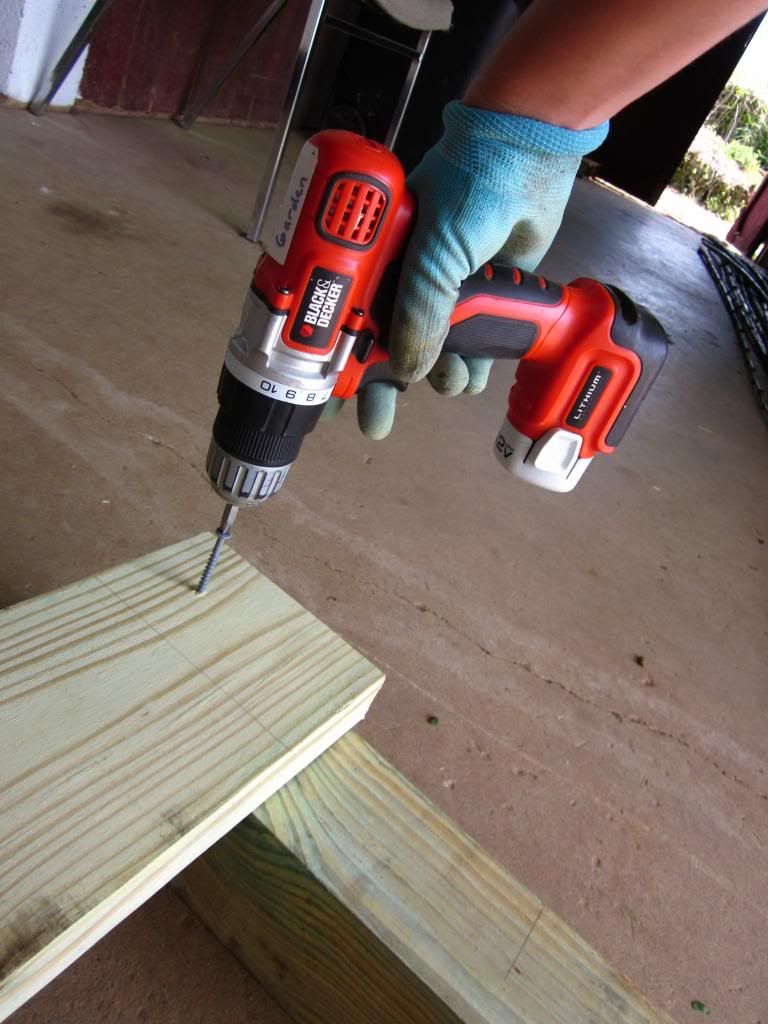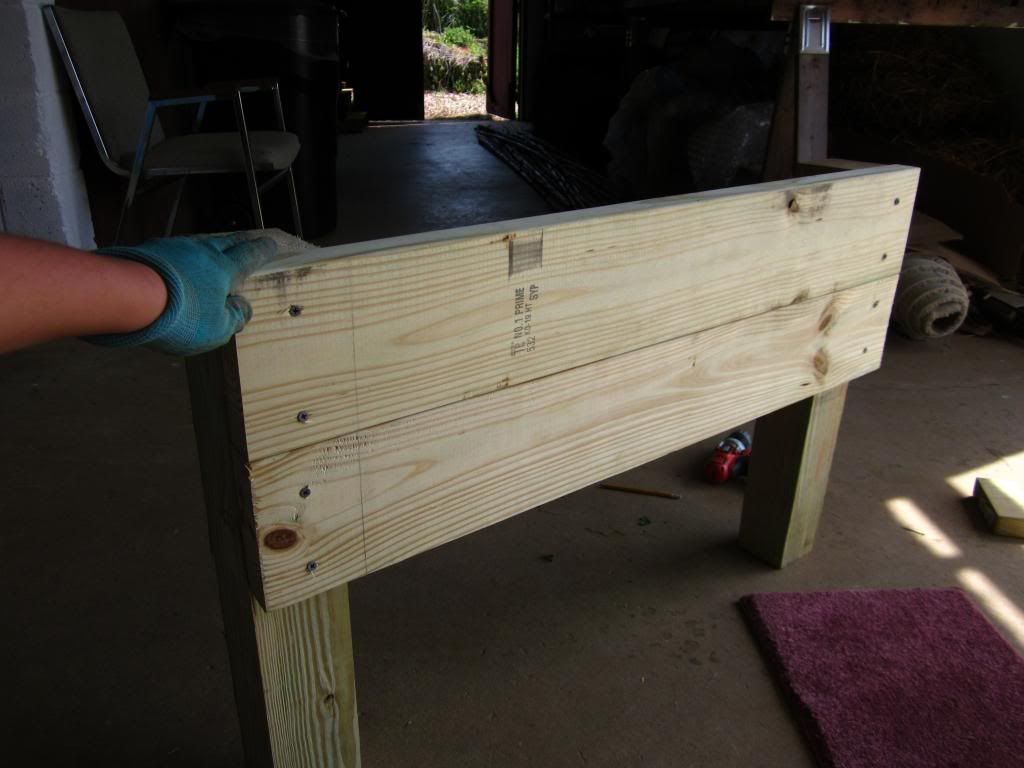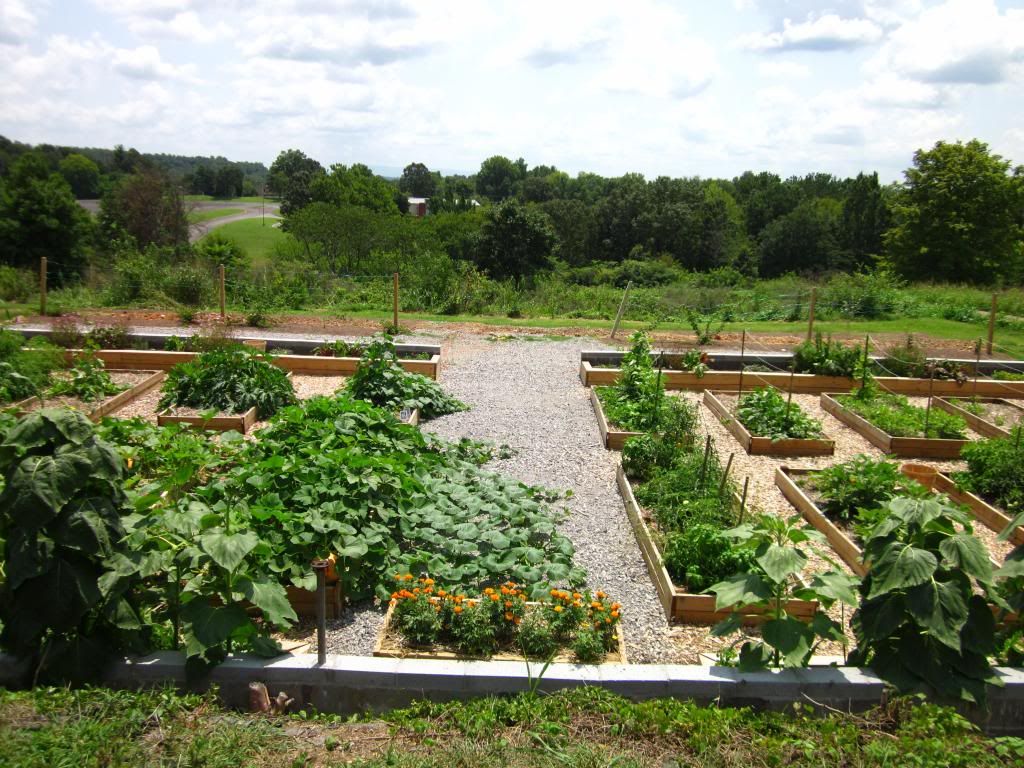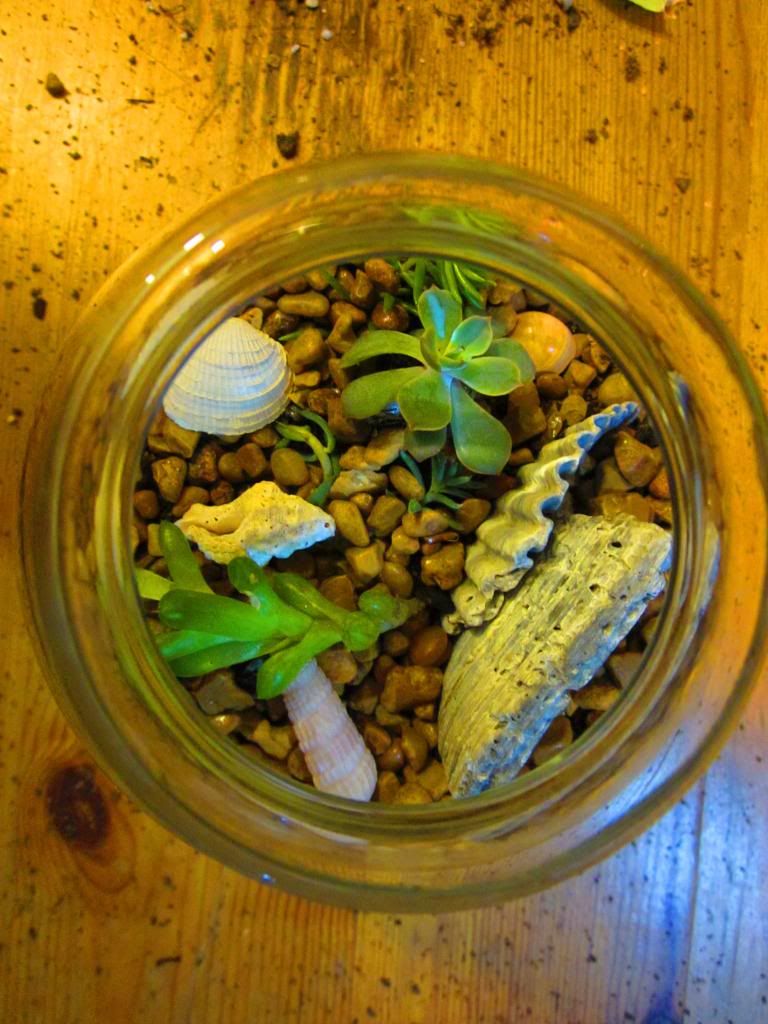What is a xeric terrarium?
 |
Building a terrarium is a fun and inexpensive
way to garden. Create a living centerpiece. |
A
terrarium is like a miniature greenhouse, where plant
specimens grow inside a glass container. Really any kind of clear glass container can be turned into a terrarium. You can purchase a vase or fish bowl, or repurpose a bottle or jar from your recycling bin. Probably the most fun thing about building terrariums is the idea that there are endless possibilities, and creativity and imagination are the only limiting factors.
Xeric refers to an environment that has very little moisture. Plants that are native to the Mediterranean region or the American Southwest would be considered xeric plants.
Cacti and
succulents are xeric plants that store water in their fleshy leaves and stems. In terrarium gardening, xeric plants are best suited to life in an open container. Terrariums that don't have an opening for air build up too much moisture for xeric plants to thrive in. This means if you plan on creating a terrarium from a bottle or jar, plan on leaving the lid off so that humidity won't build up.
Terrariums make a great living centerpiece. Building a terrarium can be a fun and inexpensive project for rainy days. Even children that may not connect with traditional gardening can get excited about making a terrarium.
To create a xeric terrarium, you'll need
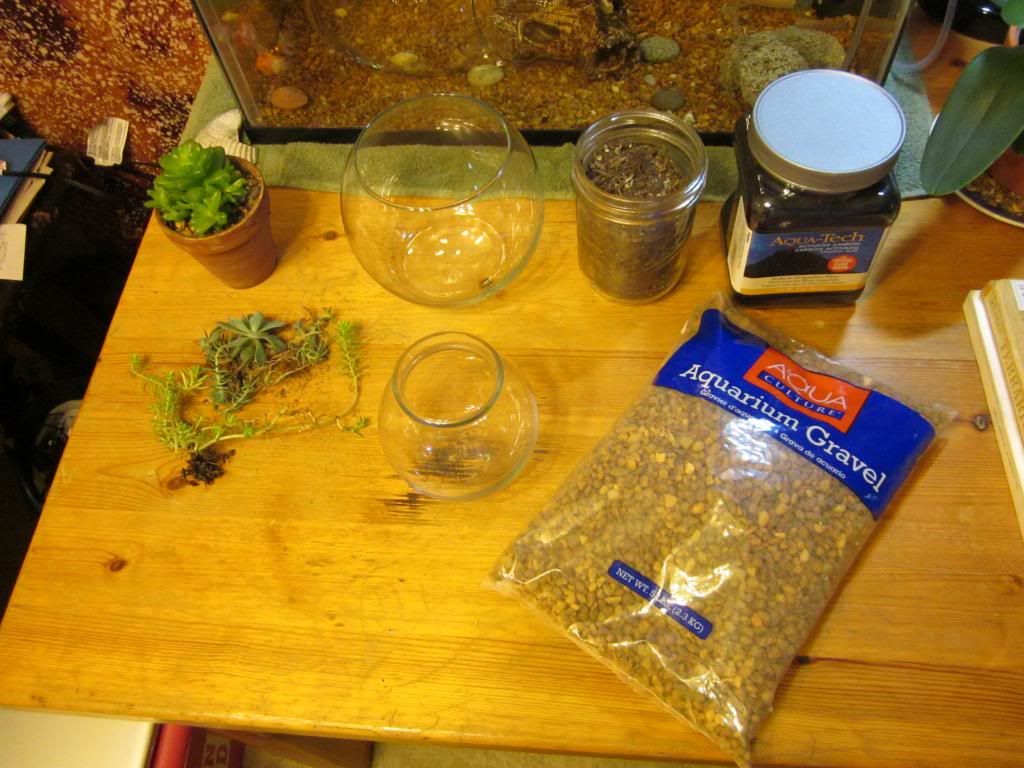 |
| All that you'll need to create a xeric terrarium. |
- Something made of clear glass with an opening at the top, like a
- Goldfish bowl
- Mason jar
- Soda bottle
- Wine glass
- Aquarium gravel - $3.74 Wal-Mart
- Activated charcoal
- $6.74 Wal-Mart
- I've read that charcoal from a fireplace will work as well
- Sandy soil
- $4.24 Home Depot
- Mix your own, 1/4 - 3/4 sand
- Cacti and succulent plants
- You can purchase these for relatively little money from any nursery, box store, or grocery store.
- Succulents are easy to propagate by breaking off a leaf or stem. They'll develop roots after planting in the terrarium.
- Decorations
- Coins
- Colored sand
- Figurines
Other tools that may come in handy include
Putting it all together
Sketch out what you'd like your finished terrarium to look like. Where do you want decorations? Where do you want your plants to grow? Keep in mind the size, color, and texture of elements you'll be using when drawing your design.
 |
| Take some time to plan before you plant. |
Clean the glass of the container that will become your terrarium. If you're repurposing an old jar or bottle, make sure it's free of any food and drink residue. If the glass is already pretty clean, wipe off dust and fingerprints with a moist rag.
Add gravel to the bottom of the terrarium. The amount of gravel you add depends on the size of the container. Shoot for anywhere between 1/4 inch to 1 inch. If the container has a small opening, a funnel may come in handy. Gravel is essential to a xeric terrarium, because unlike planter pots, your container probably won't have holes in the bottom to drain excess water. The bottom layer of gravel will allow water to collect below plant roots, hopefully preventing
root rot. Remember, cacti and succulents that are native to dry areas don't like "wet feet."
Shake some activated charcoal onto the gravel and mix. Again, the amount of charcoal you add varies by the size of the terrarium. Shoot for 1 teaspoon - 1 tablespoon. Charcoal will help absorb odors and prevent mold and bacteria from growing. Some older sources on terrarium gardening say that it's possible to use charcoal from a fireplace. If using fireplace charcoal, be sure to crush well before using. (If you've done this before, please leave a comment about your experience.)
Add your sandy soil mixture. Shoot for 1/2 inch to 2 inches of soil. It helped me to spread a thin layer of soil, add plants, then add more soil instead of trying to dig holes in a tiny glass jar.
 |
| Add large plants first, then smaller specimens. |
Add plants. Keep in mind that given time plants do grow, and space accordingly. If the container is difficult to get in to for maintenance, consider adding fewer plants. Succulents can grow very easily by breaking off a leaf or stem. For example, if you only have one pot of a particular succulent, and you want to grow it in multiple terrariums, you can divide the plant or break off leaf or stem sections to plant in your new terrarium. If your container has a small opening, tongs, tweezers, chopsticks or a pencil may come in handy to place the plants.
Add sufficient soil to cover the plant roots, then cover with gravel. The top layer of gravel really gives a finished look that soil alone does not.
Add decorations. Depending on what materials you're using for decor, you may want to place before planting. I prefer to visualize where they'll be placed while planting and add afterwards.
Water the plants. Be careful not to over-water because there's no drainage holes. If you have a spray bottle, mist thoroughly.
Place your terrarium in a sunny location that isn't in direct light. That means, the best spot for your terrarium is on a table near a sunny window. With a little love, attention, and time, you'll have a beautiful living centerpiece.
To see more of my terrarium photos, check out my
photobucket story.
If you have any questions, comments, ideas, or suggestions, I love to get
email!
What are some experiences from when you built a terrarium? What are things you did well? What are some things you wish you'd done differently?
Sources:
Aiello, Amy Bryant, Bryant, Kate.
Terrarium Craft: Create 50 Magical, Miniature Worlds.
Kramer, Jack.
Gardens Under Glass: The Miniature Greenhouse in Bottle, Bowl, or Dish.
Kramer, Jack.
The Complete Book of Terrarium Gardening.
Wang, Peggy. "
21 Simple Ideas for Adorable DIY Terrariums."
Buzzfeed.com.







